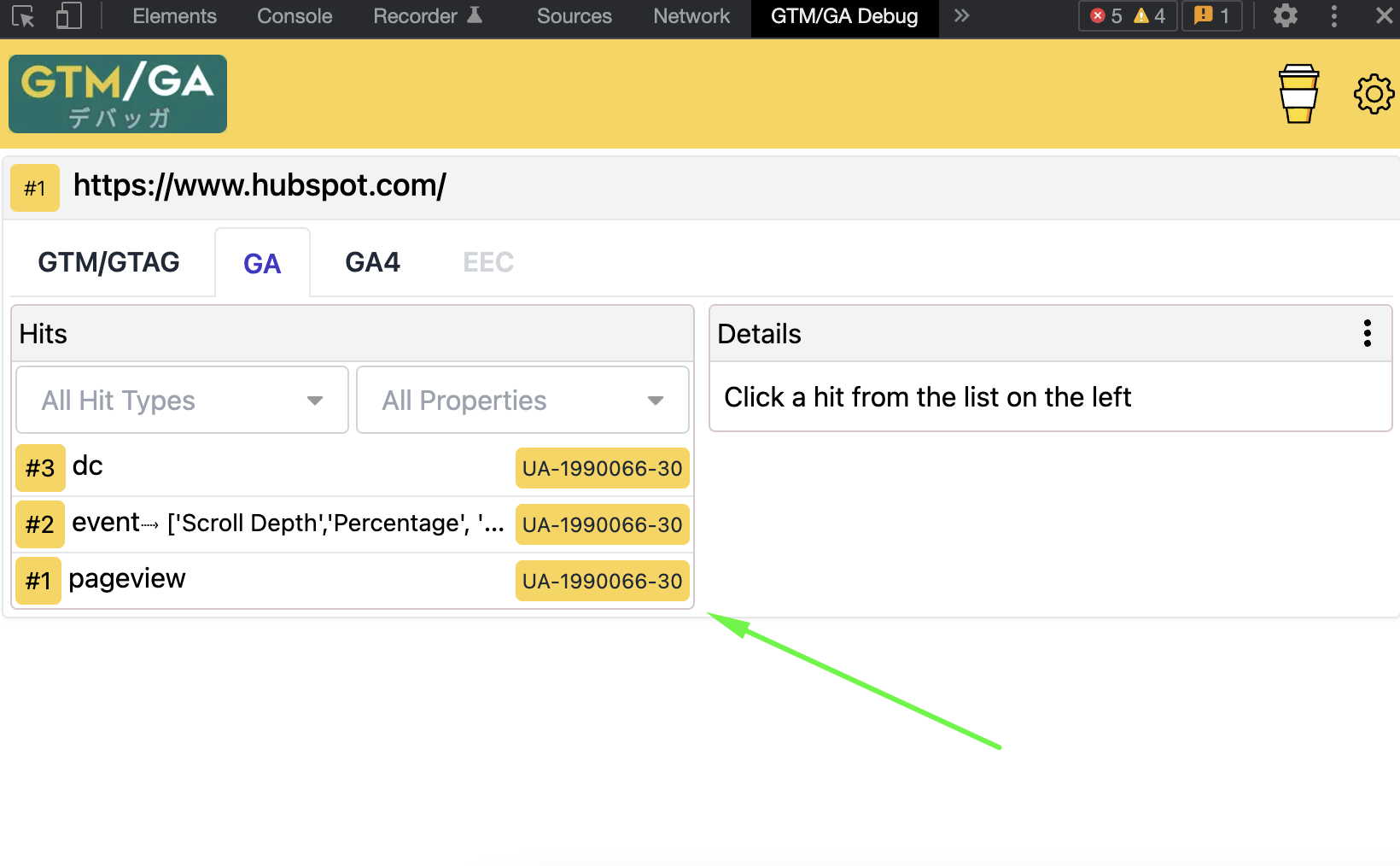As a new marketing manager, the first week can feel like a whirlwind of attempting to understand the people, processes, technologies, and campaigns under development.
When you couple that with “owning the SEO” side of the department, one may ask themselves, Where do I even start?
Given that SEO isn’t a one-and-done initiative, you’re on the lookout for the highest impact actions you can take to set the foundation for your longer-term SEO success.
The recommendations here are from a marketer’s perspective at a mid-sized, multi-location business.
The most important objectives in the first week are to understand your organizational, departmental, and team goals.
These north stars ensure alignment with your teammates and organizational mission before you can start executing.
Along with getting to know your team and the resources available, here are the systems to prioritize and ensure are providing accurate data.
1. Install Website And Conversion Analytics
It will take you more than a week to audit your analytics systems and ensure that your session and conversion data are 100% accurate. However, having any level of analytics tracking is better than nothing.
At a baseline, make sure Google Analytics tracking is firing on your website, landing pages, and blog.
If your website is hosted on one CMS and your blog on another, you’ll need to check both places to ensure tracking is configured properly.
GTM/GA Debugger is my favorite free browser-based tool for quickly debugging erroneous or duplicative GA and GTM tracking code on site.
Run the debugger on your site to ensure you aren’t seeing multiple pageviews firing on every page. Here are a couple of examples that show that the GA or GA4 tag is only firing a single time on the page.
 Screenshot from GTM/GA Debugger, April 2022
Screenshot from GTM/GA Debugger, April 2022 Screenshot from GTM/GA Debugger, April 2022
Screenshot from GTM/GA Debugger, April 2022If you see multiple pageviews firing on each page, you’ll know you have analytics issues to address down the road.
2. Set Up Google Analytics Alerts
After configuring your baseline analytics, it’s time to set up custom alerts in GA. Alerts are a simple way to get notified if your site sees a sudden dip in traffic or conversions.
Feel free to use this alert configuration for your own site, which you can access in admin settings.
 Screenshot from Google Analytics, April 2022
Screenshot from Google Analytics, April 20223. Implement Rank Tracking
You’ll likely spend the first few weeks on the job learning about your buyer, products, competitors, marketing channels, and much more.
One of the easiest-to-understand metrics for helping your team track your SEO performance is overall growth for first page, non-branded Google rankings.
Theoretically, as you create content, optimize your site, and grow your backlink portfolio, you should be seeing an increase in first page rankings for non-branded keywords.
During your first week, you can benchmark this value and start to understand what topics/keywords are on the cusp of ranking on the first page of Google.
Consider these keywords as your “low hanging fruit.” If you are looking for a quick win, focus on improving the content on the pages that are about to rank on page one.
Here is an example of a Semrush report tracking these metrics to provide this baseline to your team quickly:
 Screenshot from Semrush, April 2022
Screenshot from Semrush, April 2022It will likely take you longer than a week to determine the topics you need to build your content and SEO strategy around, but this will at least give you a starting point.
4. Set Up Google Search Console
At a basic level, GSC tracks your ability to get crawled and indexed in Google and highlights potential issues that impact Google’s crawlers from accessing your site.
In your first week, you’ll want to check:
Your sitemaps are submitted, and the volume of pages listed in your sitemaps matches the volume of pages being indexed in Google (as noted in the coverage report).
They will likely never exactly match, but if you see a discrepancy of 50% (of pages in the sitemap vs. valid pages in the coverage report), there could be content quality or technical issues causing Google not to index your site.
You don’t have any manual actions or security issues.
If you’re unsure what your predecessors did from a marketing or CMS security perspective, check these areas to ensure you’re not being impacted.
Any spikes in impressions or clicks data as listed in the ”search results” report.
Pull the last 16 months of data and note any specific timeframes for when your site saw these impacts within search.
 Screenshot from Google Search Console, April 2022
Screenshot from Google Search Console, April 20225. Set Up Brand Mentions Listening
The easiest way to generate backlinks to your site is by ensuring that any other site that mentions your brand also links to your site.
If you don’t yet have an SEO tool, Feedly follows industry publications and brand mentions.
However, my favorite SEO-specific tool is Semrush’s brand monitoring tool which allows you to track unlinked brand mentions.
-
 Screenshot from Semrush, April 2022
Screenshot from Semrush, April 2022
6. Verify Google Business Profile Listings
The complexity in your marketing department increases when you are also responsible for the local digital presence of individual branches, franchises or sales offices.
In your first week, make sure each location has a Google Business Profile page with accurate name, address, and phone number information.
As part of this process, start the claims process for verifying your listings. This can take up to a couple of weeks, so you’ll want to get started.
7. Set Up Annotations
If you’re fortunate, your predecessor left records of the most important dates in your company’s marketing history, including website launches, CMS migrations, campaign start/end dates, etc.
Some of these records may be stored in Google Analytics Annotations which allow you to leave detailed notes about any events that may impact your traffic, conversion, or revenue data.
In your first week, if nothing else, review the annotations from the last years and add in the date that you started at the company to show the progress you’ve made once you’ve reached the 90, 180, and 365-day mark at the organization.
8. Install Google Tag Manager
The best configuration for most organizations to manage tracking scripts is through Google Tag Manager.
Proper implementation of GTM allows you to see all of the scripts running on your site and the pages that those scripts are firing on.
If you’re coming into a new role without being given clear tech stack documentation, Google Tag Manager can help you what systems are used on-site for tracking, advertising, and much more.
9. Run A Crawl To Establish Benchmarks
Ideally, by the time you start your new role, you already have a general idea of the web presence of your new organization.
In your first week, run a crawl using ScreamingFrog or another crawling tool to identify the volume of SEO issues to address and get a better sense of your information architecture.
Whatever crawl tool you use, make sure it can crawl all of the subdomains connected to your site, so you can gather a complete picture of all of the web properties you may be working with.
Here is an example of the kind of visuals to help you understand your information architecture.
 Screenshot from Screaming Frog, April 2022
Screenshot from Screaming Frog, April 202210. Inventory Your MarTech Stack
As spending on SaaS applications continues to rise, your new organization may use between 20 to 150 different applications across the organization.
You don’t need to know the ins and outs of all of them.
If you can document all marketing and sales tools and their respective uses, you’ll better understand what you can start using right away (vs. going through the purchase process of other tools).
Your first week will fly by. If you can tackle this list, you will have the foundation to track, optimize and launch your upcoming campaigns.
More resources:
- 10 Digital Marketing Fundamentals Every SEO Pro Should Know
- 9 Ecommerce Content Examples To Inspire Your Marketing Campaigns
- Ecommerce Marketing: The Definitive Guide
Featured Image: wear it out/Shutterstock





![AI Overviews: We Reverse-Engineered Them So You Don't Have To [+ What You Need To Do Next]](https://www.searchenginejournal.com/wp-content/uploads/2025/04/sidebar1x-455.png)